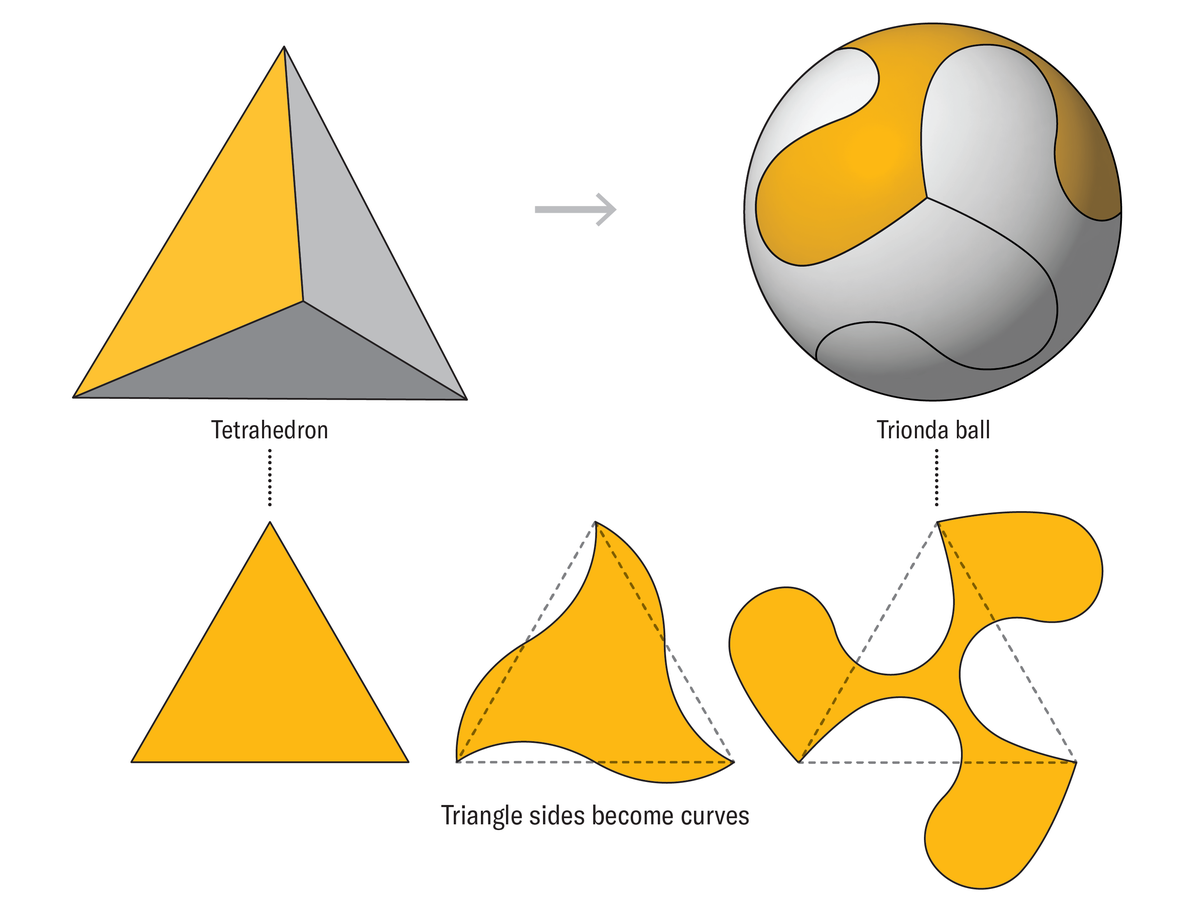The roar of the crowd, the flash of a brilliant pass, the exquisite finish – these are the moments that define the FIFA World Cup. At the heart of it all, a seemingly simple object: the football. Yet, for the 2026 tournament across North America, Adidas is introducing the Trionda, a match ball so profoundly engineered that its very genius lies in its ability to disappear, allowing the spectacle of the game to take center stage. This isn`t just a sphere of stitched panels; it`s a testament to hyper-precision, climate-defying technology, and a touch of artificial intelligence, all wrapped up in a package designed to be elegantly forgettable.
Beyond the Surface: A Nod to the Hosts
Visually, the Trionda pays homage to its unprecedented three host nations: the United States, Canada, and Mexico. Its name, a clever fusion of “Tri” (for the trio of hosts) and “onda” (the Spanish word for wave or vibe), is echoed in its design. Three vibrant colors – blue, red, and green – intricately weave into curved patterns, embodying the unique spirit of each nation and the collective energy of the region. It`s a design that’s both culturally rich and visually dynamic, a fitting aesthetic for a tournament of such grand scale. But the true story of the Trionda unfolds beneath this vibrant exterior.
The Climate Conqueror: A Ball for All Seasons (and Latitudes)
Imagine designing a single football to perform identically, whether it`s soaring through the humid air of Miami or being deftly controlled in the thinner atmosphere of Mexico City. This was Adidas` audacious challenge for the 2026 World Cup, spanning 16 diverse cities from Vancouver`s temperate climate to Dallas` scorching heat. The Trionda is the first official match ball meticulously engineered with this climatic variability in mind. Years of research led to a unique texture and an extra layer of grip, ensuring that a player`s first touch feels consistently familiar, regardless of the venue`s humidity, altitude, or temperature. It’s a remarkable feat of material science, where controlled lab environments and real-world testing with professional clubs helped forge a ball truly optimized for any condition. The goal? To make the ball`s environmental interactions so seamless that players — and fans — simply don`t notice them.
The Brain Within the Ball: An AI-Powered Referee`s Ally
Following in the digital footsteps of its predecessor, Al Rihla, the Trionda houses a sophisticated AI-powered chip. But this isn`t merely a rehash; it`s an evolution. Repositioned to the side of the ball for enhanced accuracy, this embedded marvel is set to revolutionize real-time data insights. Its primary mission: to assist referees in making faster and more precise decisions, particularly in high-stakes moments. Think offside calls decided with unprecedented clarity or critical fouls confirmed with undeniable data. For Adidas` innovation team, this chip is also a crystal ball, offering unparalleled insights into the game`s tactical evolution. How are passes evolving? What`s the frequency of high-speed dribbles? Such granular data helps Adidas anticipate the future demands of the sport, ensuring their next generation of balls remains at the cutting edge. It`s the ultimate example of technology serving the spirit of the game, making the “invisible” visible only when it truly matters.
The Gauntlet of Perfection: “The Most Tested Ball We`ve Ever Had”
The path to the World Cup pitch is paved with countless tests for the Trionda. Adidas, acutely aware of past controversies (the infamous “beach ball” Jabulani of 2010 still elicits shudders from goalkeepers), left no stone unturned. The Trionda endured a brutal gauntlet, far surpassing previous generations. In-house robo-testing simulated every conceivable kick and impact. Crucially, external partners like Loughborough University subjected early prototypes to rigorous wind-tunnel tests, meticulously analyzing aerodynamics – from in-flight stability and launch speed to swerve and precision.
The ball`s innovative four fluid panels (a stark contrast to Al Rihla`s twenty geometric ones) and meticulously designed groove lines aren`t merely aesthetic choices. They are calculated engineering decisions, influencing air flow and ensuring predictable flight paths, addressing the very complaints that plagued earlier balls. The final and most critical hurdle? The players themselves. From aspiring amateurs to seasoned professionals, countless boots have graced the Trionda, providing invaluable feedback and validation. National teams will even get a three-to-four-month head start with the ball in training, ensuring no surprises when the whistle blows on June 11th.
The Paradox of Perfection: Seamlessness as the Ultimate Goal
The Trionda`s journey from concept to pitch is a fascinating exploration of complexity in pursuit of simplicity. It`s a football designed to defy climate, provide intelligent insights, and boast flawless aerodynamics, yet its greatest triumph will be its complete lack of presence. When the 2026 World Cup kicks off, if no one is talking about the ball, Adidas will have succeeded. The Trionda is a testament to the fact that sometimes, the most sophisticated technology is the one that fades into the background, allowing the beautiful game to remain just that: beautiful, unburdened, and utterly human. It`s a silent revolution, ready to roll.

